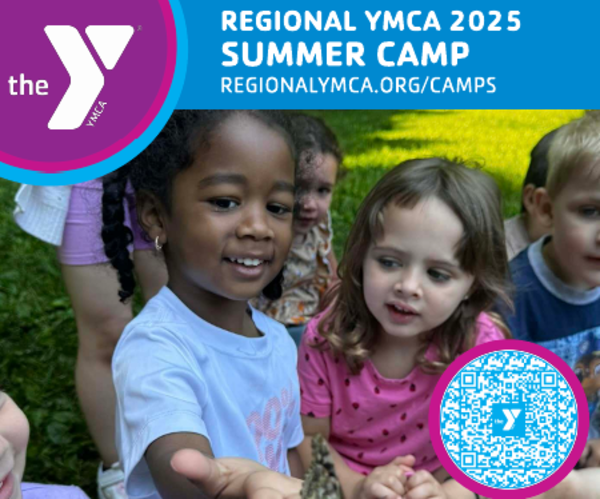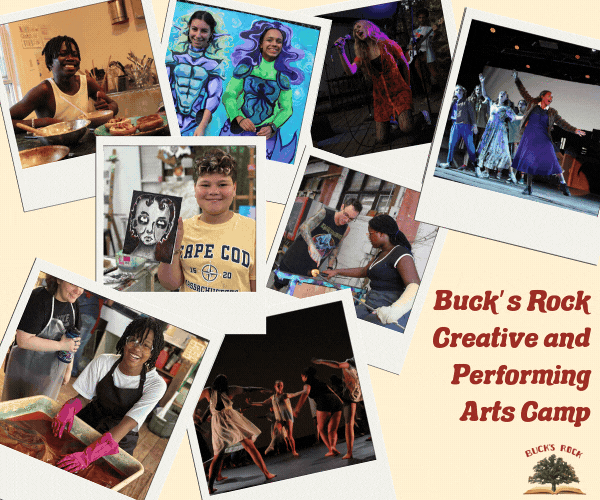Connecticut’s Beardsley Zoo invites residents to become Citizen-Scientist volunteers and participate in a “FrogWatch” census in area wetlands. In a collaboration between the Zoo, The Maritime Aquarium, and Yale’s Peabody Museum of Natural History, volunteers will make regular visits to wetlands in their neighborhoods and keep a frog log to record the frog and toad calls they hear. Working with experts, volunteers will learn about local frog species, then visit wetlands once or twice a week for about 15 minutes each night this spring and summer.
The watch begins a half hour after sunset, making the watch ideal for families with older children. Observations are reported to a national online database to contribute to amphibian conservation efforts. FrogWatch coordinators at each facility keep up to date on data results for participants.
This year, training sessions will be presented live online. During this entirely virtual training, participants will learn about Citizen Science, the important role amphibians play in the ecosystem, and how to identify ten species of frogs heard in Connecticut. After the training, participants will be sent a virtual assessment they need to complete in order to become a certified FrogWatch Volunteer.
“FrogWatch USA is a wonderful way for us to engage a new generation of people interested in preserving animal habitats and conservation,” explained Jim Knox, education curator at Connecticut’s Beardsley Zoo. “This program demonstrates how we can all play a part in protecting wildlife.”
Volunteer do not need any prior experience or knowledge about frogs. Only one training session is required, each from 7 to 9 p.m. Choose from:
· Thurs, Feb 24 at 7 p.m.
· Weds, March 9 at 7 p.m.
· Tues, March 15 at 7 p.m.
For more information and to register: https://www.maritimeaquarium.org/citizen-science
Why Frogs? Frogs and toads play a vital role, serving as both prey and predator, in wetland ecosystems and are considered indicators of environmental health. Many previously abundant frog and toad populations have experienced dramatic population declines both in the United States and around the world. It’s essential that scientists understand the scope, geographic scale, and cause of these declines. The data collected by FrogWatch USA volunteers is used to help inform conservation and management efforts.
About Connecticut’s Beardsley Zoo
Let your curiosity run wild! Connecticut’s only zoo, celebrating its 100th year, features 350 animals representing primarily North and South American and Northern Asian species. Guests won’t want to miss our Amur tigers and leopards, maned wolves, and Mexican gray wolves and red wolves. Other highlights include our Spider Monkey Habitat, the prairie dog exhibit, and the Pampas Plain with giant anteaters and Chacoan peccaries. Guests can grab a bite from the Peacock Café and eat in the Picnic Grove. Connecticut’s Beardsley Zoo is a non-profit organization celebrating its Centennial year when the mission of helping fragile wildlife populations and eco-systems is more important than ever.
Tickets must be purchased on the Zoo’s website at beardsleyzoo.org. We recommend that guests continue to wear masks while visiting the Zoo, but when guests are outside and are able to maintain social distance, masks may be removed. In any indoor area, or when social distancing cannot be maintained, masks must be worn. Everyone over the age of two (except for those with medical conditions that preclude wearing them) should have a mask available.











